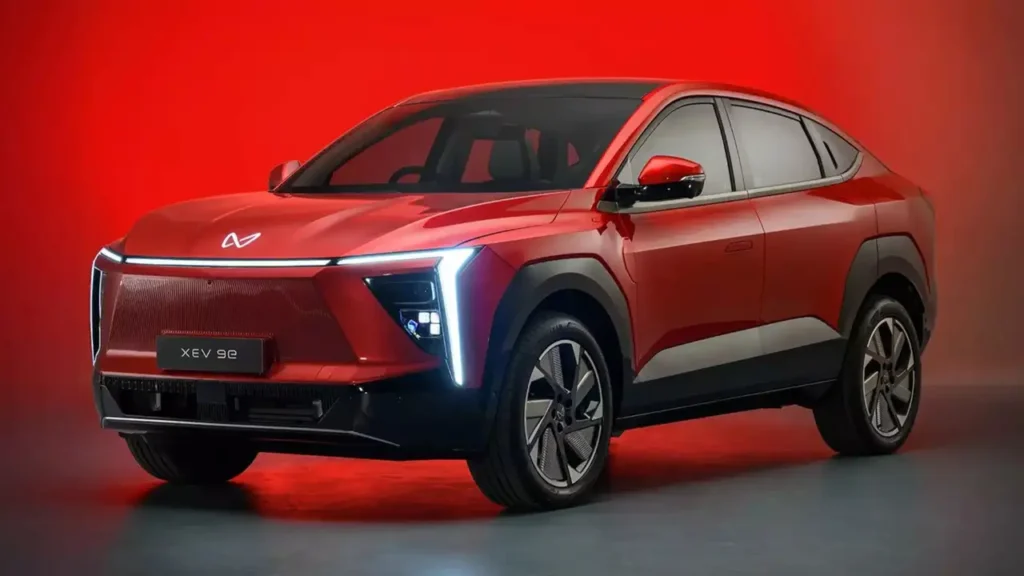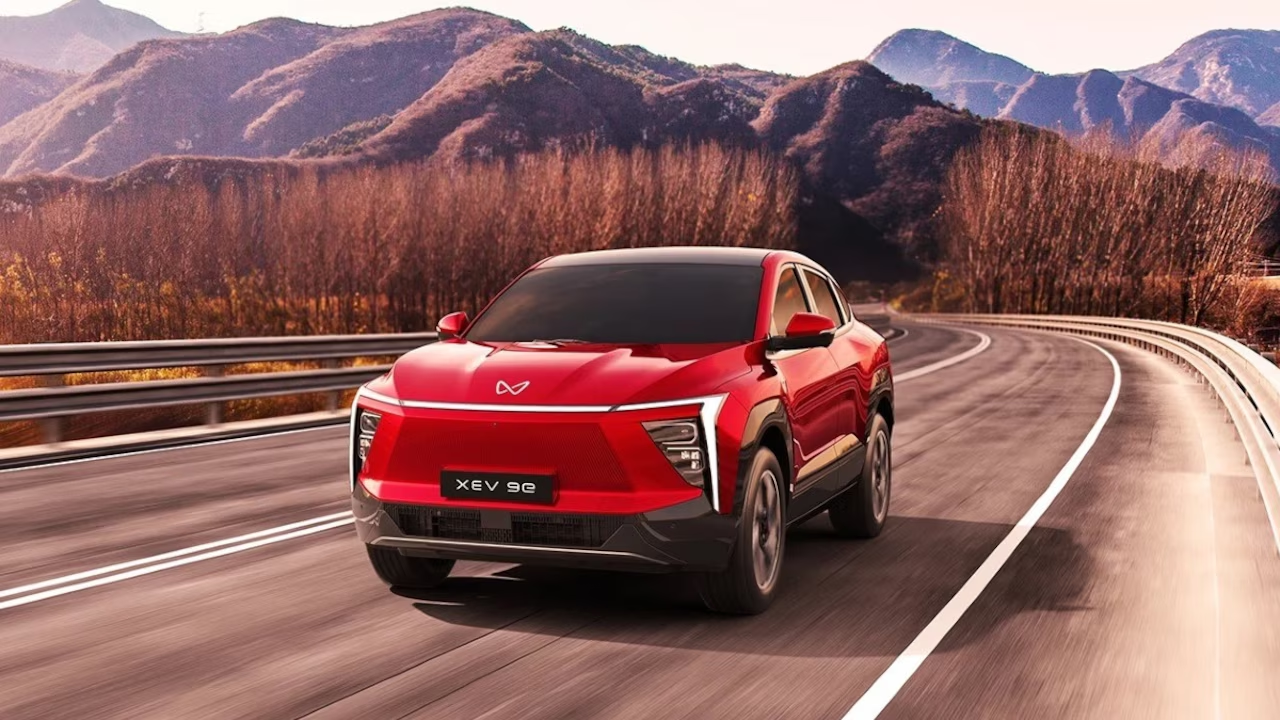The Indian automobile industry is bracing for a significant development as leading automakers announce nationwide price hikes across various vehicle segments. This move is expected to impact buyers from all walks of life, ranging from first-time car owners to luxury vehicle enthusiasts. Understanding the reasons behind this trend and its implications can help consumers make informed decisions in the current market scenario.
What Is Driving the Nationwide Price Hikes?
Several key factors have contributed to automakers deciding to increase vehicle prices across India:
1. Rising Cost of Raw Materials:
The prices of essential raw materials like steel, aluminum, and plastics have seen a steady increase due to global inflation and supply chain disruptions. These materials form the backbone of vehicle manufacturing, and the elevated costs are inevitably passed on to consumers.
2. Supply Chain Challenges:
The global shortage of critical components, particularly semiconductors, has disrupted production schedules and increased manufacturing costs. This scarcity has led to delays and higher expenses for automakers, affecting the pricing of new vehicles.
3. Currency Fluctuations:
The volatility of the Indian Rupee against major currencies such as the US Dollar and Euro has led to increased import costs. Since many automakers rely on imported parts or fully built imported units, the currency depreciation impacts the overall pricing.
4. Enhanced Regulatory Requirements:
Stringent safety and emission norms mandated by the government require automakers to invest heavily in research and development. Upgrading vehicles to meet Bharat Stage VI (BS-VI) standards and future environmental policies adds to the cost base.
5. Inflation and Operational Expenses:
Rising labor costs, transportation charges, and general inflationary pressures have also played a role in increasing production costs. Automakers need to maintain profitability while managing these escalating expenses.

Which Vehicle Segments Are Most Affected?
The price hikes are expected to span across multiple vehicle segments, including:
- Entry-Level and Compact Cars: Despite being the most affordable category, these models are also witnessing price adjustments due to increased production costs.
- Mid-Range Sedans and SUVs: Popular among families and urban buyers, these vehicles are seeing noticeable price increments reflecting enhanced features and stricter regulations.
- Premium and Luxury Vehicles: High-end cars, including luxury SUVs and sedans, are experiencing significant price revisions, amplified by import duties and currency impact.
- Electric and Hybrid Vehicles: While these eco-friendly options are gaining popularity, the cost of advanced batteries and technology also contribute to price increases.
What Does This Mean for Indian Car Buyers?
The nationwide price hikes will influence buying behavior and market dynamics in several ways:
- Higher Upfront Investment: Buyers will need to budget more for new vehicles, affecting affordability and purchase timing.
- Increased Demand for Used Cars: As new car prices rise, many consumers might turn to the pre-owned vehicle market as a cost-effective alternative.
- Focus on Fuel Efficiency and Total Cost of Ownership: Consumers are likely to prioritize vehicles offering better fuel economy and lower maintenance costs to offset higher purchase prices.
- Exploration of Financing Options: More buyers may seek flexible loan schemes, EMI plans, and leasing options to manage the increased financial burden.
Tips for Buyers Amid Price Hikes
Prospective buyers can adopt several strategies to mitigate the impact of rising prices:
- Plan Purchases Early: Finalizing a vehicle purchase before the full price hike can lead to significant savings.
- Compare Models and Variants: Evaluate different options to find the best value-for-money proposition.
- Look Out for Offers: Seasonal discounts, exchange bonuses, and loyalty programs can help reduce the effective price.
- Consider Alternative Fuel Vehicles: Hybrid and electric vehicles, despite their price increases, offer long-term savings on fuel and maintenance.
The Road Ahead for India’s Automobile Market
Despite the immediate challenges posed by price hikes, the Indian automobile market remains resilient. Automakers continue to innovate, introducing new models that balance affordability with technology and compliance. Increased localization of parts and vehicles is also expected to moderate future price increases.
Furthermore, government initiatives aimed at promoting electric mobility and cleaner fuels may reshape the market dynamics in the coming years, potentially offering relief to consumers through incentives and subsidies.
Conclusion
The announcement of nationwide price hikes by automakers in India signals a period of adjustment for buyers and sellers alike. Driven by rising raw material costs, supply chain issues, regulatory demands, and inflation, these price revisions are likely to affect all vehicle segments.
For consumers, staying informed and planning purchases carefully can help navigate this phase more effectively. Exploring financing options and considering total cost of ownership will be essential to making sound vehicle-buying decisions in the evolving Indian auto landscape.







